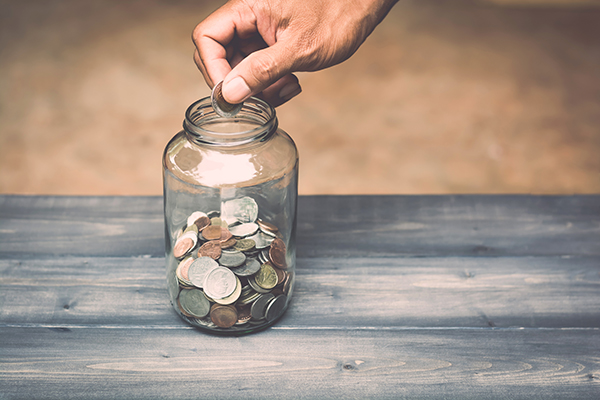 The Question
The Question
My boyfriend and I are looking for a buy-to-let as a way of investing some money. I am getting cold feet though as I am a little worried about what would happen if the tenants didn’t pay their rent and we were forced – through no fault of our own – to default on the mortgage?
Should we keep some of our deposit back as a safety net to pay? And, if so, how much is recommended? Obviously, we would like to put as much as we can into the deposit and I am wary that the ‘safety net’ money wouldn’t earn us any income if there’s not rent.
What do other landlords do? And what do lenders usually advise in this situation?
Jeni’s Answer

When a lender looks at how much you can borrow on a buy-to-let, they will always want the rental income from tenants to be greater than the mortgage payments for the landlord.
This way, you should be able to build up a slush fund that would cover you during rental voids. These are inevitable, but the important part is how long they will last.
I absolutely agree that keeping some capital back is a wise move – there is no set answer to how much, but most of our clients like to have between three and six months’ mortgage payment in reserve.
You can read more of Jeni’s advice on buy-to-let mortgages here. If you are interested in a residential mortgage, Jeni also writes a Q&A column on this area of the mortgage market, here.
If you have a question email kate.saines@emap.com
Jeni Browne is business development director at Mortgages for Business




